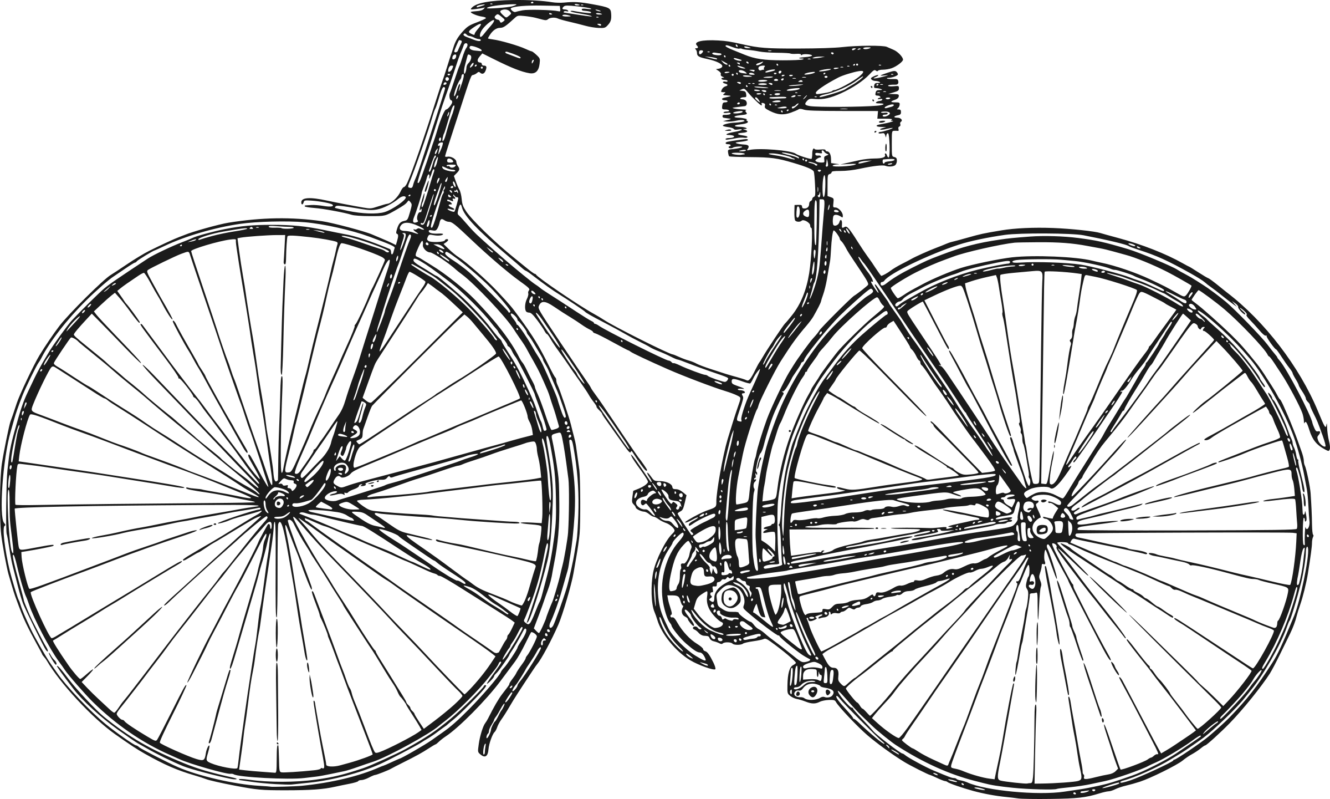This is a wheely tricky question. If a bicycle has identical wheels (same rims, tyres, etc), over any set distance does one wheel do more rotations than the other or do both wheels do the same? That is, let us say we make a cyclist pedal 5 kilometres. Does the front wheel or back wheel go around more times (go a greater distance), or do the front and back wheel go around the same number of times (go the same distance)?
We have done the experiment, and congratulations to those that said it is the front wheel that goes further (or a greater distance).
But how?
The front wheel is what you turn to take you around corners or when you need to correct your balance on the bike. It is these minor turns in the front wheel that means it travels further than the back wheel.
And if you need convincing, FLEET’s Dr Jack Hellerstedt does a few laps on his bike to prove it (as far as science is able to prove anything). See YouTube video.
Figure one below shows that the shortest distance between two points is a straight line. The front wheel takes the dotted zig-zag path; the rear wheel, being fixed, follows the straight solid line. Replicate this figure roughly on a piece of paper. Measure the total distance of the dotted zig-zag lines. Measure the distance of the solid line from the beginning of the zig-zag to the end of the zig zag. Which path is longer?


